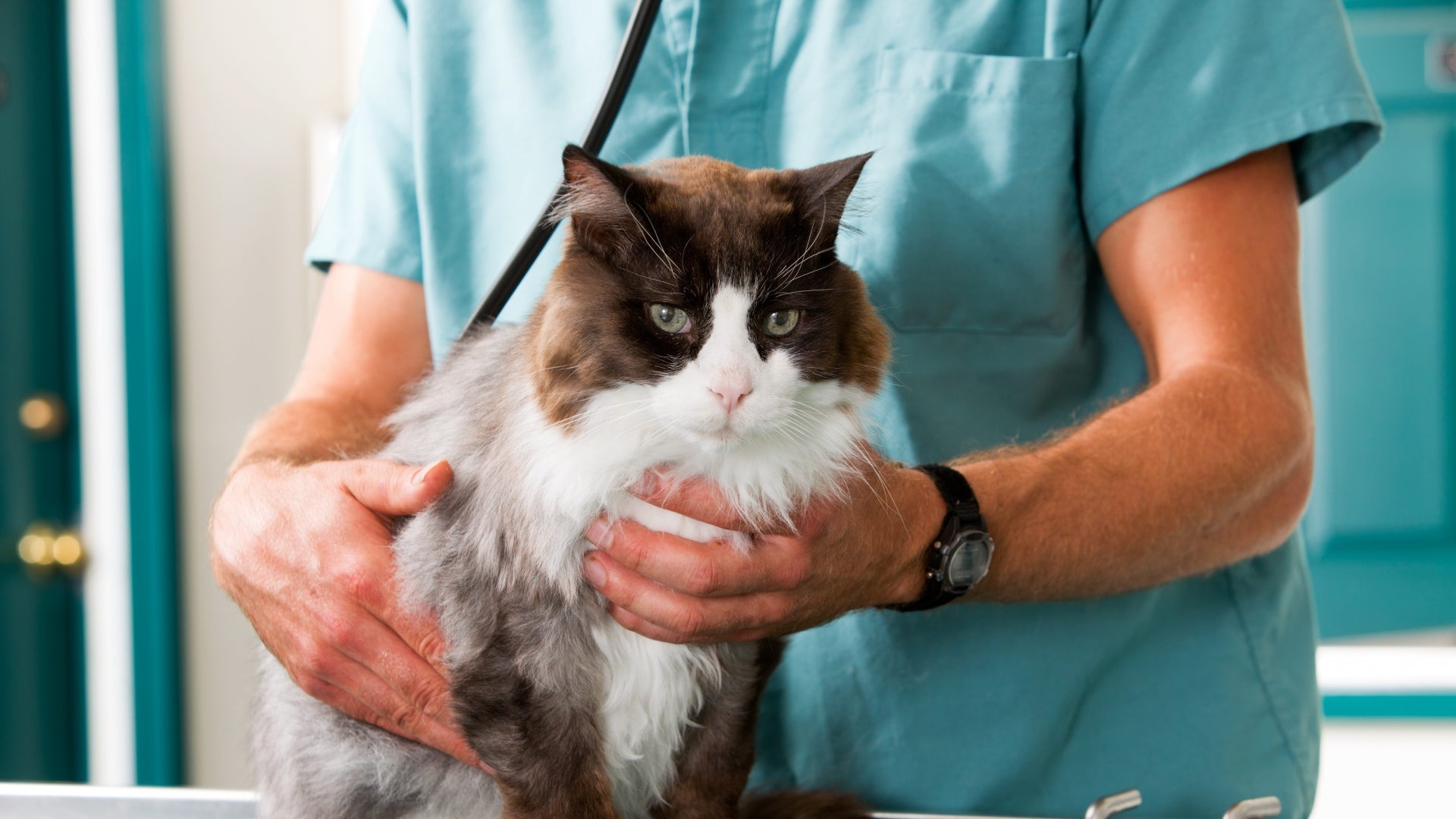
8 Natural Foods to Fight Cat Diabetes
You may have just discovered that your sweet little feline has feline diabetes...
As a pet owner myself, I know how devastating it can be to learn that your pet is sick. This is especially true if the health issue has the potential to lead to serious complications, such as feline diabetes.
That said, while feline diabetes requires immediate attention and proper care, its treatment does not necessarily require the use of conventional medications.
Surprisingly, there are natural remedies you can use to properly manage this condition. My team and I share with you the best information we found from our research, along with detailed explanations that I will provide in a few moments.
Let's start with an overview of what feline diabetes actually is...
What is feline diabetes?
In its simplest form, diabetes in cats occurs when their body is unable to produce enough insulin, a type of hormone that controls glucose or blood sugar levels.
Insulin plays a key role in converting sugar into energy, and significant negative effects could occur if your cat's body doesn't produce ideal amounts of this hormone on a daily basis.
Furthermore, feline diabetes is classified into two different categories, namely type 1 diabetes and type 2 diabetes. The former is characterized by a deficient response of the body to insulin and is considered quite rare in felines worldwide.
Type 2 diabetes is the most common type in cats and will be the subject of this article.
Now let's talk about the common symptoms of feline diabetes that you should be aware of...
What are the signs of diabetes in cats?
Here are common indicators that your sweet cat has diabetes:
- Sudden and unexplained weight loss
- Excessive thirst and water consumption
- Noticeable changes in eating habits
- Apparent lack of energy and activity
- Partial blindness and difficulty orienting oneself in one's environment
- Breath with a slightly fruity odor
- Supports himself on his ankles or heels and not his toes when walking
- Sudden inability to jump or hop
- Somewhat syrupy texture of urine
For the next part of our discussion, I will introduce you to the risk factors that can trigger feline diabetes....
What causes diabetes in cats?
Interestingly, feline diabetes mellitus is primarily caused by internal factors that neither you nor your cat can control. Most cats with this condition typically exhibit the following characteristics:
- Over six (6) years of age.
- Male and already sterilized.
- Obese or significantly overweight.
- On steroids for the treatment of other health problems such as asthma.
Now let's find out what could happen if a cat's diabetes is not properly managed...
What happens if feline diabetes is not managed properly?
Diabetes in cats can have many negative consequences if not immediately addressed and treated. In addition to causing severe malnutrition, this disease can also lead to significant limb weakness and diabetic ketoacidosis (DKA).
In case you don't know what diabetic ketoacidosis is, it is a serious complication of diabetes mellitus that causes confusion, stomach pain, nausea, and other typical signs of the disease, such as increased urination and excessive water consumption.
The longer a cat's diabetes is left untreated, the more widespread and severe the effects of diabetic ketoacidosis become. It is not uncommon for a cat to die suddenly if its body can no longer cope with the effects of ketoacidosis.
After highlighting the consequences of untreated or uncontrolled diabetes, let's talk about natural foods that can effectively treat and relieve your cat if it suffers from this disease.
Natural Foods That Will Help Manage Diabetes in Cats
If your cat is suffering from feline diabetes, here are the best natural remedies—backed by real-world scientific evidence, of course—you can use to support them through this health issue:
Apples help lower blood glucose levels.
According to a study published in the National Center for Biotechnology Information (NCBI) , it was found that apples significantly help reduce blood glucose levels when consumed just before a meal.
In fact, the study's researchers even pointed out that eating an apple before a meal could be a "simple and effective strategy for managing the glycemic response" in individuals with glucose intolerance.
To use an apple for feline diabetes, cut a small slice and give it to your cat before serving their meal. Be careful not to give them more than a quarter of an apple per day for this application.
Blueberries are loaded with antioxidants that improve glucose metabolism.
Another study published in the NCBI reveals that blueberries contain antioxidant-rich anthocyanins that help improve the overall metabolism of glucose in the body, so that it can be absorbed more efficiently by the system.
To use blueberries, add no more than three per day to your feline's meals. Avoid blueberries with damaged skin or those with a slightly reddish exterior, as they can be slightly acidic.
Oily fish helps boost insulin sensitivity.
The American Journal of Clinical Nutrition reveals that omega-6 and omega-3 fatty acids, which are rich in fatty fish such as mackerel, sardines, herring, tuna and salmon, help improve the body's sensitivity to insulin.
To use oily fish for feline diabetes, mix a tablespoon into your pet's regular meals once or twice a week. Be sure to only give your cat well-cooked, boneless pieces of oily fish.
Lentils help maintain normal blood sugar levels.
As another NCBI study points out, lentils help reduce acute blood sugar levels and improve the body's response to insulin by slowing digestion.
If your beloved cat suffers from diabetes, add a teaspoon of these cooked legumes to their meals once a week. Besides being very filling, lentils can also cause bloating and gas, so keep the quantity to a minimum.
Oats have been shown to help improve the body's responses to insulin.
In another study published in the NCBI, oatmeal was observed to improve overall glucose management in the body while boosting insulin responses. The study's researchers also highlighted the beneficial effect of oatmeal on the lipid profiles of individuals with type 2 diabetes.
If your cat has diabetes, use 1/4 cup of plain, cooked oatmeal as the basis of their meals, no more than twice a week. Because oatmeal can be bland, you can also add other diabetes-friendly foods, such as fatty fish and avocados, to the mix.
Pistachios have many benefits for cats suffering from diabetes.
According to another study published in the NCBI, pistachios have several beneficial effects on blood sugar control, blood pressure, obesity, as well as inflammatory markers in diabetic patients.
In case of diabetes in cats, simply add a maximum of 20 grams of natural pistachios per day to your pet's usual meals.
Be sure to avoid commercial pistachio snacks, such as puddings and cakes, as they tend to contain a lot of unnecessary seasonings and flavorings, not to mention their very high fat content.
Yogurt has been observed to help prevent type 2 diabetes.
According to BMC Medicine , "higher yogurt consumption is associated with a reduced risk of type 2 diabetes" compared to consumption of other dairy products. However, it is important to note that the study only refers to plain yogurt.
To use plain yogurt, do not include more than 4 tablespoons of this dairy product in your pet's meals.
And since we're talking about using natural ways to support your cat with diabetes, here's a tip to include in your pet home care checklist...
A tip to include in your pet care checklist
There's no doubt that your sweet little cat is unique, so their needs and treatment options may differ from those of another cat with diabetes.
Homeoanimo's free recommendation is specific to your cat and helps get to the root of the problem instead of just treating the symptoms.
Our free online referral works well for all types of conditions, especially for pets with multiple, chronic, or behavioral issues.
Additionally, our consultations are available entirely online, via email, and video call. It's a real conversation with a professional homeopath about your pet, without the hassle and miscommunication.
You can click here and see how these consultations work right away.
Now let's review the most frequently asked questions (FAQs) about feline diabetes.
FAQ
Does a cat with diabetes suffer?
A cat suffering from feline diabetes may eventually become vulnerable to nerve damage if the disease is not immediately treated appropriately. A key sign that your cat has already suffered nerve damage is that when walking, it leans on its ankles or heels instead of its toes. This position is technically called the "plantigrade position" or plantigradia.
Do diabetic cats sleep a lot?
While cats normally sleep for long periods (up to 16 to 20 hours a day), those with feline diabetes tend to move slowly, even after a long sleep. Another indicator of slowness to include in your checklist is the sudden absence of jumping and running in the cat's daily routine.
Do diabetic cats smell bad?
Feline diabetes can cause a cat's breath to smell fruity. This is due to ketones released in their breath. As a reminder, ketones are natural acids produced by the liver when it converts fat into energy.
Why do diabetic cats drink so much water?
Cats with diabetes have a seemingly incessant need for water, as most of the water their bodies need is excreted in their urine. This is why the urine of diabetic cats has a stickier consistency than that of healthy cats.
How long do cats live with diabetes?
There is no definitive answer to this question as every case is different. If this disease is identified immediately and appropriate support is provided promptly, the cat's lifespan may not be affected at all.
On the other hand, if feline diabetes is left untreated or uncontrolled for a long time, it can have a negative effect on your pet's lifespan.
In summary, feline diabetes can be a rather tricky disease to control, but its management becomes easier if you know the natural remedies to use.
If you're looking to give your beloved kitty the best natural support for feline diabetes and give them the quality of life they deserve, visit our free online recommendation now.



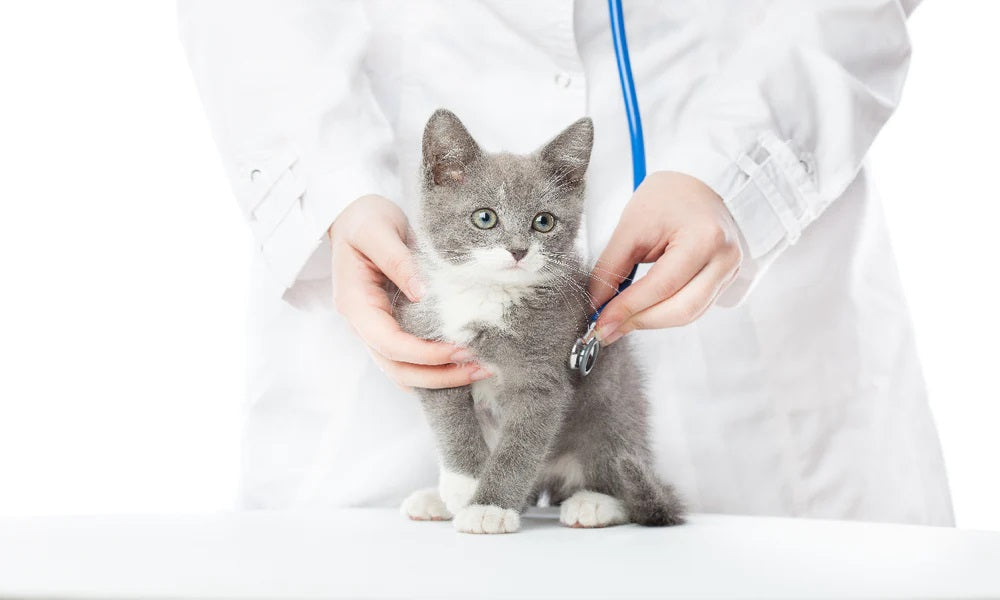


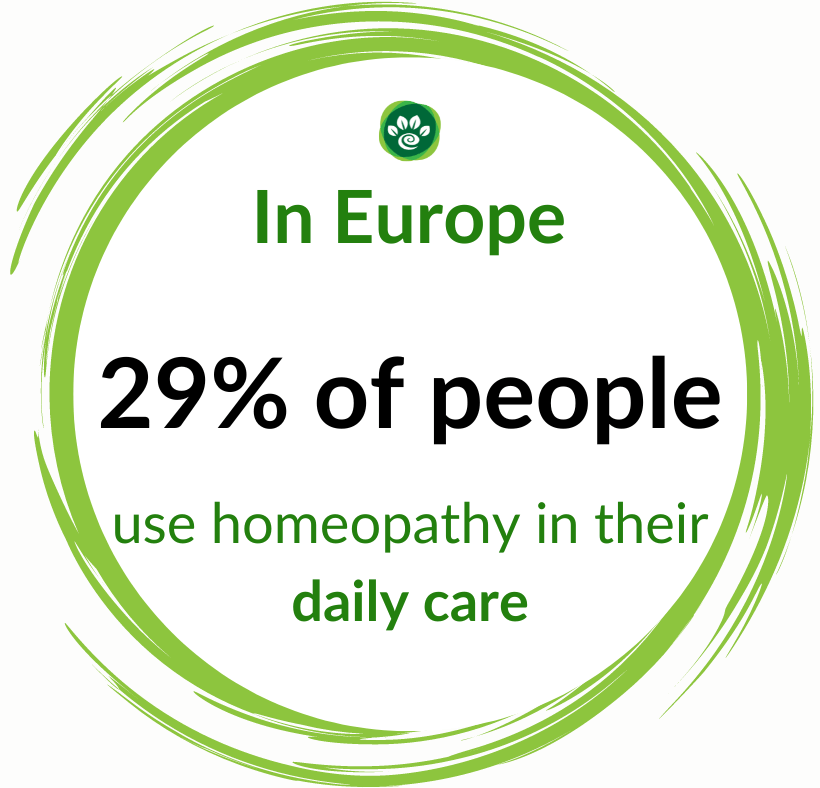
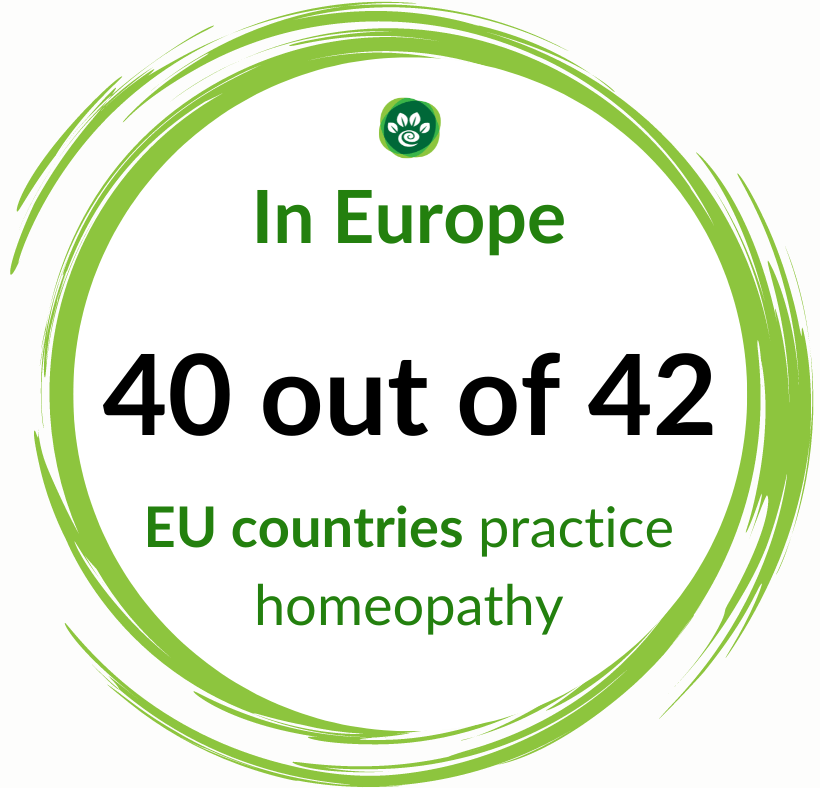
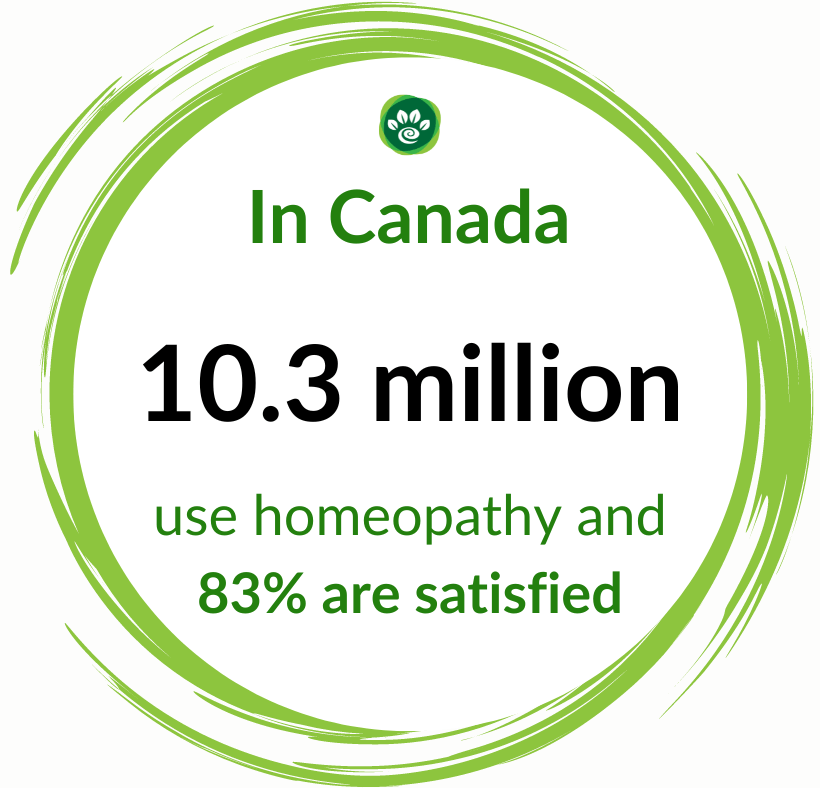











Leave a comment
This site is protected by hCaptcha and the hCaptcha Privacy Policy and Terms of Service apply.